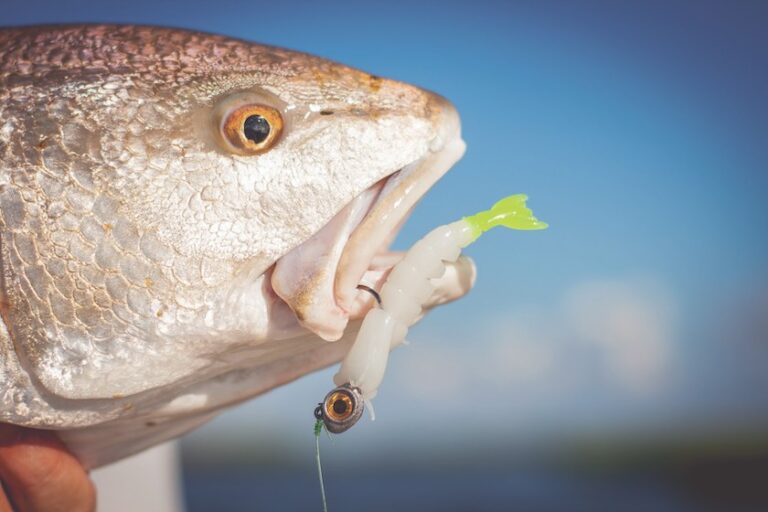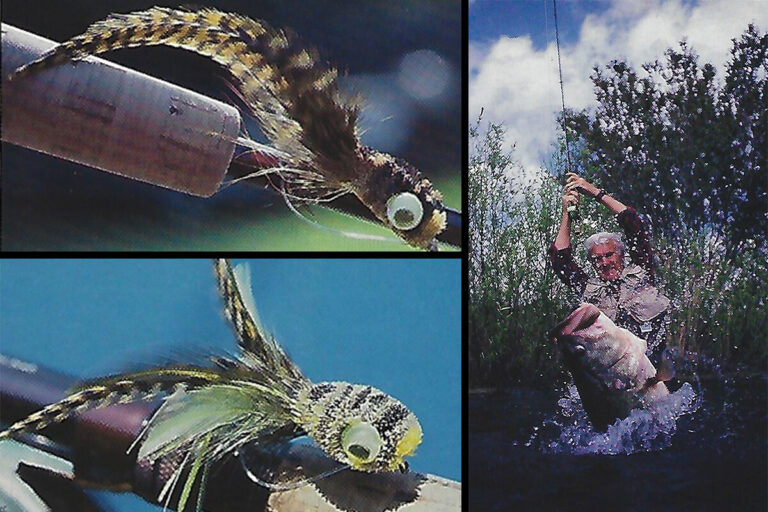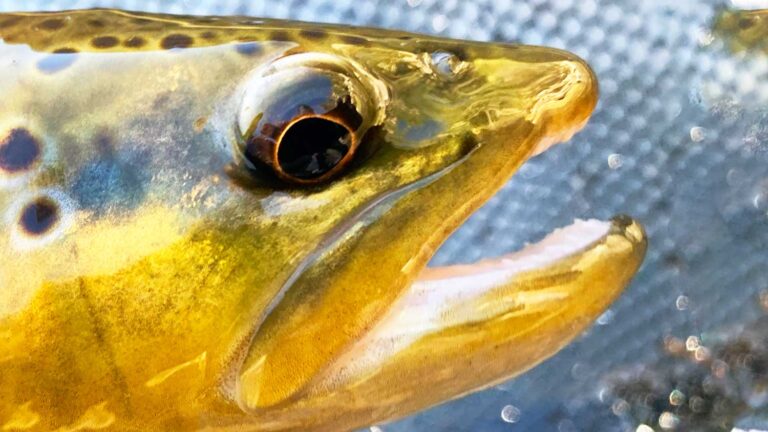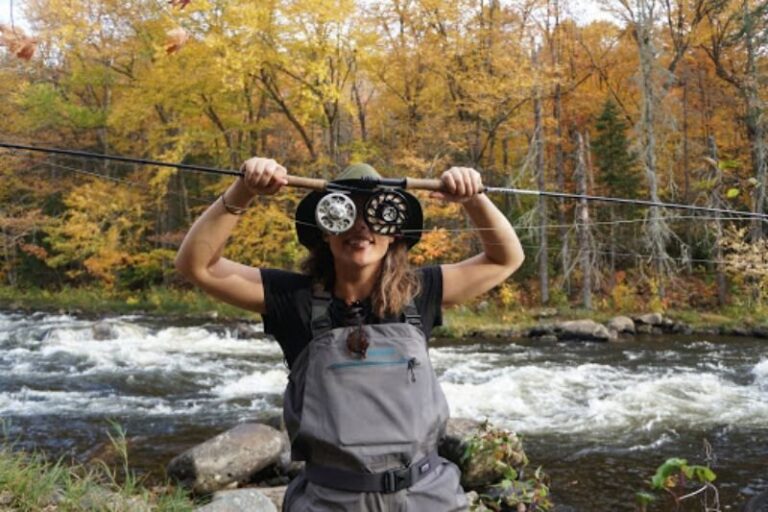Sight fishing on flats is a technique commonly used by anglers to target fish in shallow waters within visible range. Anglers who practice sight fishing on flats typically wade or pole around the flats searching for fish.
This technique is usually used in clear water environments, where the angler can see the fish before making a cast. It requires specific equipment and techniques to be successful. The rewards of sight fishing on flats can be exhilarating, from casting to a fish you just saw, to feeling its initial take of your lure.
In this article, we will explore the tips and tricks of sight fishing on flats that will give an angler the best chance of hooking a fish.

Credit: www.flyfisherman.com
Understanding Sight Fishing Techniques For Flats
Sight fishing on flats can be an exciting and rewarding experience for anglers. It’s a technique that requires patience, skill, and the right equipment. Understanding the basics of sight fishing techniques can help you to improve your chances of success and have a more fulfilling experience on the water.
Definition Of Sight Fishing On Flats And Its Importance
Sight fishing on flats refers to the technique of spotting and casting to fish in shallow waters, such as flats and lagoons, where fish are visible from the water’s surface. It is a popular method for catching game fish, such as bonefish, permit, and redfish.
Sight fishing allows anglers to see their prey and make precise casts, leading to more hookups and a unique fishing experience.
The importance of sight fishing lies in the challenge it presents. Spotting fish in clear water and making accurate casts requires skill and experience. Sight fishing can be a test of an angler’s ability and can offer a sense of accomplishment when a fish is caught.
Importance Of Proper Equipment & Setting Up The Right Gear
Sight fishing requires specialized equipment that is tailored to the conditions and species of fish being targeted. Having the right gear can make a significant difference in the success of your fishing expedition. Here are some essential items to consider:
- Polarized sunglasses: This type of sunglasses is an indispensable tool for sight fishing because it reduces glare and enables anglers to see beneath the water’s surface clearly.
- Fly rod and reel: A lightweight, fast-action fly rod and matching reel with a strong drag system is necessary to cast lightweight flies accurately.
- Fly line: A weight forward floating fly line matched to the rod is the best choice for sight fishing. It allows for better casting precision and accuracy.
- Flies: The right selection of flies is crucial, depending on the species of fish you are targeting, and the water and weather conditions.
Identifying Ideal Flat Water Conditions For Sight Fishing
Sight fishing requires particular water conditions to be successful. The following conditions are ideal for sight fishing:
- Clear water: Fish are more visible in clear water, and you can see their movements and feeding behaviors.
- Shallow water: Flats and lagoons are perfect spots for sight fishing because they have a shallow depth, which allows fish to be visible from the surface.
- Calm water: Calm water conditions enable anglers to see fish movements and feeding behaviors better.
Spotting Fish And Using A Polarized Sunglasses
Spotting fish can be challenging, especially for novice anglers. Polarized sunglasses are critical in sight fishing because they reduce glare and enhance visibility beneath the water surface. Here are some tips for spotting fish:
- Observe the water surface for anything that looks like it is out of the ordinary, such as shadows, wakes, and movements, including flickers and flashes of light.
- Look for fish tails or dorsal fins that appear as v-shapes protruding from the surface of the water.
- Watch for what is referred to as “pushes,” which are small ripples on the surface of the water that signals a fish is there.
Sight fishing on flats can be a challenging but rewarding method of fishing. With the right equipment and techniques, anglers can heighten their chances of success and enjoy a unique fishing experience. Happy fishing!
Tips And Tricks To Master Sight Fishing On Flats
Sight fishing on flats is a thrilling fishing activity that requires patience, endurance, and stealth. It involves stalking fish in shallow water by using your vision to spot them, and then casting towards them. To help you make the most out of your sight fishing escapades, we have compiled some tips and tricks that will help you become a better sight fisherman.
Let’s dive right into it!
Importance Of Patience And Endurance In Sight Fishing
When sight fishing on flats, patience and endurance are critical skills that you must possess if you want to be successful. Here are a few key tips to help you stay patient and mentally focused:
- Take breaks regularly to avoid eye strain and fatigue.
- Stay hydrated and nourished to keep your energy levels up.
- Focus your mind on the task at hand and be present in the moment.
- Manage your expectations and understand that sight fishing is a waiting game that takes time.
Best Casting Tips For Sight Fishing On Flats
Casting to fish that you have spotted from a distance can be tricky, but with the right technique, you can make your casts more accurate and effective. Here are some of the best casting tips for sight fishing on flats:
- Practice your casting technique before heading out to the flats.
- Use lighter rigs that will allow for greater accuracy and distance in casting.
- Keep your rod tip low to the water to avoid spooking the fish when casting.
- Aim for a spot just beyond the fish’s location and let the bait or lure drift towards them.
- Above all, practice and improve your accuracy as much as possible.
Mastering The Art Of Stealth And Avoiding Spooking Fish
When sight fishing on flats, stealth is key—you need to approach the fish quietly and avoid spooking them. Here are some tips to help you become more stealthy and avoid scaring off your target:
- Wear clothing that blends in with your surroundings and enables you to blend in.
- Move slowly and deliberately, and avoid making sudden movements that might alarm the fish.
- Cast as far away from the fish as possible and gradually bring your bait closer to them.
- Pay attention to changes in water appearance, including ripples, fish movements, and shadows.
Reading The Behavior And Habitat Of Fish Before Casting
Finally, it’s essential to understand the behavior and habitat of the fish you’re targeting before casting. Here are a few tips to help you read the behavior of fish and their habitat:
- Study the water conditions, including the depth, clarity, and temperature, before heading out.
- Look for areas where the fish are likely to be, such as sheltered bays or near reefs.
- Take notice of what the fish are eating and match your bait or lure accordingly.
- Pay attention to the movement patterns of the fish and try to predict their behavior.
Sight fishing on flats is an exhilarating fishing activity that requires skill, patience, and a bit of luck. By using the tips and tricks outlined in this post, you’ll be well-equipped to become a better sight fisherman. So, next time you head out to the flats, remember these tips and enjoy your exciting fishing adventure!
Conclusion
Sight fishing on flats is all about patience, fieldcraft, and an intimate knowledge of the fish’s behavior. It is an art that requires practice and dedication, but the rewards can be truly spectacular. Whether you’re stalking bonefish on a tropical flat or chasing redfish in the mangroves, sight fishing offers an unparalleled connection to the natural world.
By using the right tactics and techniques, you can put yourself in the best possible position to hook and land your target species. Remember to be mindful of the tides, the weather, and the habitat you’re fishing in, and always prioritize the safety and well-being of the fish.
With these concepts in mind, you can become a skilled sight fisherman and enjoy the thrill of the hunt for years to come. So go out there, grab your gear, and embrace the beauty and challenge of sight fishing on flats!





